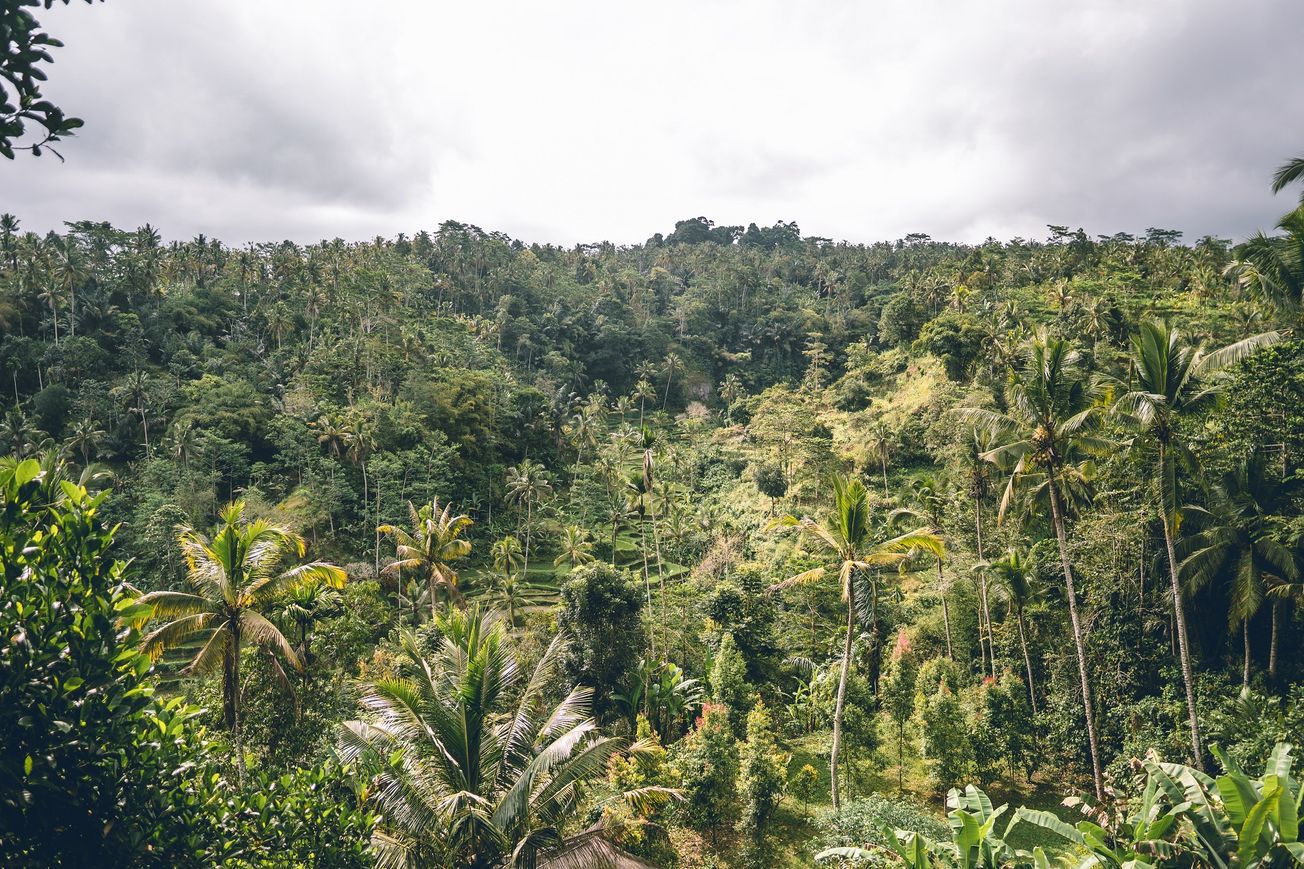By Kieran Mielek 3rd year History
Drugs for better or worse are an ubiquitous part of many Bristol students lives. With a growing concern from students about the ecological effects of their actions, how big is the environmental impact of drugs and how does it compare to other factors?
Animal products, rare minerals and MDMA, what do these three things have in common? You’re unlikely to be pestered for silicon in the Motion smoking area and unless dietary advice has changed drastically in the time it took to write this article you’re unlikely to be replacing steak with ecstasy, so what is the link?
The production of all three has come under fire for their contributions to deforestation and the environmental threat they pose. Politicians and the media have often focused on human issues when it comes to the illegal drug trade, meanwhile we have turned a blind eye to the environmental impact of the illicit drug industry, this merits a greater look.
The exact impact that the illegal drug trade has on the environment is hard to pin down, in large part because of the underground nature of the industry – cartels rarely publish reports into their energy usage.
However, there is still plenty of research into their impact. According to the World Drugs Report published by the UN in 2016, the primary environmental concern that illicit crop cultivation has caused is deforestation.

However, it also raises concerns about chemical waste, harm to biodiversity and water depletion. The deforestation is caused for multiple reasons, in some cases - such as in the production of MDMA – large sections of forest are being uprooted in order to gain access to safrole (one of MDMA’s main ingredients) in the roots of trees.
In other cases, poor socioeconomic conditions have led to people turning to the forests in order to search for places where they can engage in illicit crop farming free from the prying eyes of the government.
In both instances the problem is being compounded on by the criminalisation of these activities, as the World Drugs Report notes ‘the illicit nature of this activity and the necessity to keep it a clandestine activity may spur a move to relatively remote areas’.
The deregulated nature of these industries has also led to encroachment into wildlife sanctuary’s and areas that have been made home to isolated or indigenous communities, bringing with it risks of violence.
But how significant is the problem of deforestation really? A UNODC study that took place in Colombia between 2001-2006 found that of the 2.6 million hectares of forest that had been lost in this period only 5.3 per cent could be attributed to illicit cultivation, in this case of the coca bush, a follow up study then showed that as little of 1.2 per cent of the lost forest area between the year 2001-2012 had been taken up by coca.
These numbers are still significant, but compared to the beef industry, which some sources estimate was responsible for 71 per cent of deforestation in South America between 1990 and 2005, the levels of deforestation that have occurred as a result of illicit crop cultivation seem to pale in comparison.#
The deregulated nature of these industries has also led to encroachment into wildlife sanctuary’s
What is the best way then to approach the issue of drugs and the environment? The nature of the industry means we can hardly put regulations in place to tackle these issues at the supply end, nevertheless greater awareness of these issues will help us make an informed decision when it comes to drug usage.
With the impact of drug production on the environment being so small in comparison to something like the beef industry it seems tough to argue that people have a moral duty to change their habits.
Yet consider the recent outcry over the use of plastic straws which made up less than one per cent of plastic pollution in our oceans. If numbers this small can lead to fundamental shifts in what we consume what is stopping them doing it again?
greater awareness of these issues will help us make an informed decision when it comes to drug usage
In 2017 a survey of 11,000 students carried out by The Tab revealed that 84 per cent of students admitted to taking illegal drugs at least once during their university experience, a similar study carried out by the NUS in 2018 found that roughly one in five students would consider themselves to be drug users.
The University of Bristol and UWE also have some of the highest numbers of students who have used drugs; 84 per cent of students sampled at Bristol have admitted to taking drugs at least once and a whopping 92 per cent of those at UWE. Whatever happens next, it could be students leading the change.
Featured: Unsplash/Shawn Ang
Do you think students need to re-examine their drug use or are there bigger problems? Get in touch!









